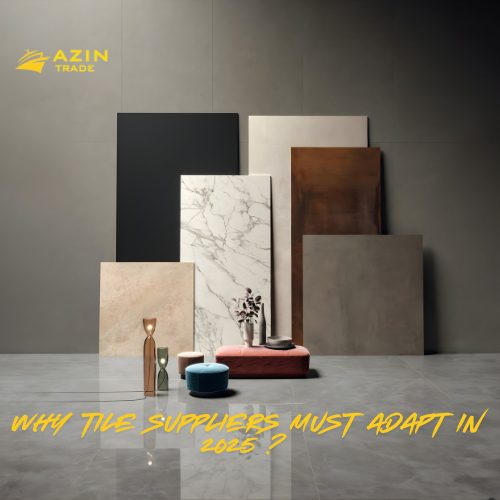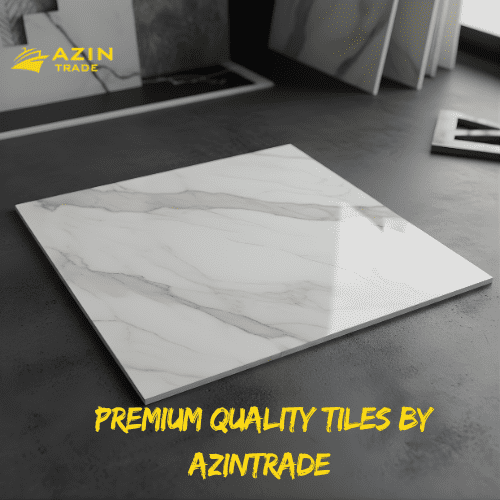Tile Suppliers Must Adapt in 2025
Introduction: A New Era for Tile Suppliers
The world of tiles is changing fast. Designers and builders now prefer large-format and seamless surfaces for a clean, modern look. These new demands are reshaping how tile suppliers work, from product design to delivery.
If suppliers fail to adapt, they risk losing relevance in a rapidly growing global market.
The Rise of Large-Format Tiles
Large-format tiles are more than a passing trend — they are now the standard of modern architecture. Over the past few years, tile sizes have expanded dramatically, offering fewer grout lines and smoother aesthetics.
For tile suppliers, this change requires new tools, stronger packaging, and smarter logistics. Handling and transporting large tiles safely has become a key part of customer satisfaction. Moreover, suppliers who provide installation guidance build stronger, long-term relationships with clients.
👉 In short, adapting to large-format tiles means staying competitive.
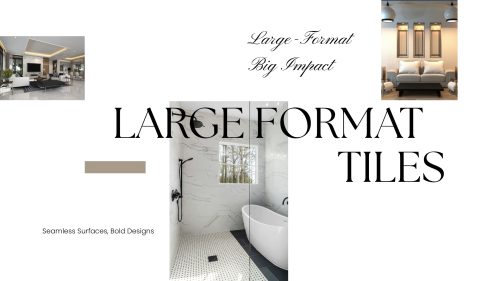
Seamless Design: The Heart of Modern Luxury
In 2025, minimalism defines luxury. Seamless tiles create a unified look that makes any space appear larger and more elegant.
This trend gives tile suppliers a chance to stand out. By partnering with advanced factories and using high-precision cutting, they can offer tiles with nearly invisible joints.
Homeowners and designers now expect this level of perfection. Suppliers that meet these expectations gain trust and market dominance.
Technology Driving the Change
Technology is the real force behind these new tile trends. With digital printing and AI-based design, tile suppliers can now deliver ultra-realistic marble, concrete, and wood finishes.
New materials such as porcelain slabs and sintered stone allow for stronger yet thinner tiles. This innovation helps suppliers expand their product range while reducing waste and shipping costs.
Forward-thinking suppliers are no longer just sellers — they are design consultants helping clients achieve better results.
Sustainability: The Future of Tile Supply
Eco-friendly production is becoming essential in the tile industry. As climate awareness grows, customers prefer brands that prioritize sustainability.
Modern tile suppliers are responding by choosing recycled materials, low-emission kilns, and greener shipping methods. These steps not only help the planet but also increase brand trust and long-term loyalty.
By promoting sustainability certifications and eco-standards, suppliers can attract environmentally conscious buyers worldwide.
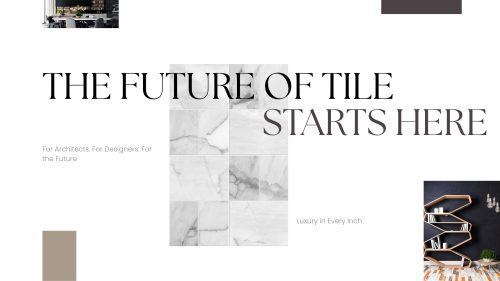
Challenges Suppliers Must Face
Adopting new trends comes with challenges, such as:
-
Training teams for proper handling and installation
-
Investing in better storage for larger slabs
-
Managing higher transportation costs
-
Educating customers about seamless tile benefits
However, every challenge is an opportunity. Suppliers that train their teams and share expert content online will stand above competitors.
Opportunities for Growth
The global demand for large-format tiles is expected to grow by over 35% by 2026. This growth opens doors for tile suppliers who offer quality, innovation, and great service.
Digital transformation is another opportunity. Online showrooms, 3D visualization tools, and virtual sampling help suppliers connect with international clients more easily than ever before.
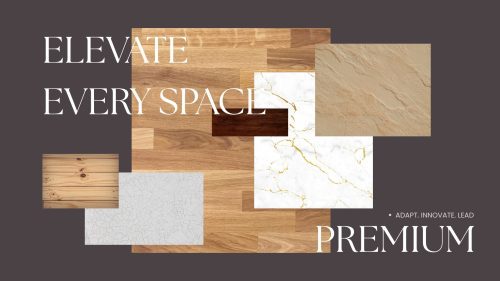
Collaboration Over Competition
In 2025, success is no longer about who sells the most — it’s about who collaborates best.
Smart tile suppliers work closely with manufacturers, architects, and designers. This teamwork drives creativity, faster delivery, and better customer experience.
When suppliers move from a “product seller” to a “solution provider,” they become trusted partners in every design project.
Conclusion: Adapt, Innovate, and Lead
The shift toward large-format and seamless tiles is shaping the future of design. Every part of the tile supply chain — from manufacturing to delivery — must evolve.
To stay ahead, tile suppliers need to adopt new technologies, sustainable practices, and strong digital presence.
Those who innovate now won’t just survive 2025 — they will lead it.

